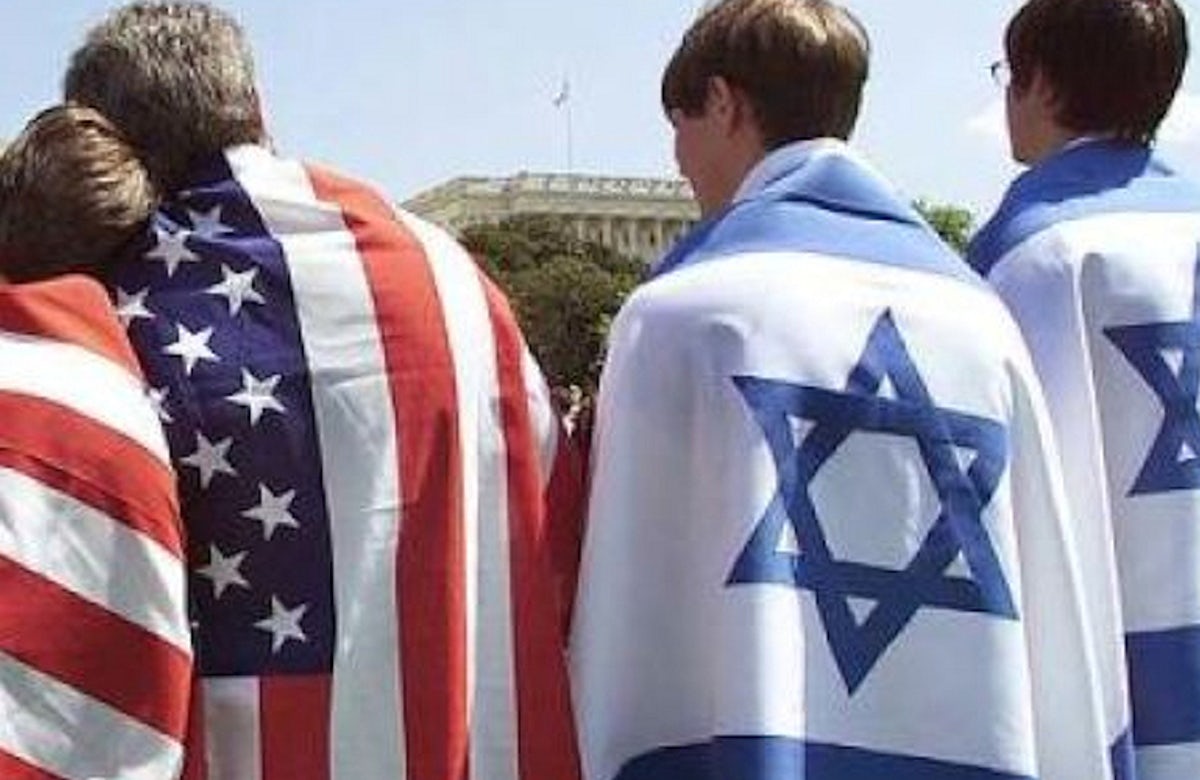For decades, the American Jewish community has avoided dealing with the growing anti-Semitism of the left. When tiki torch-carrying white nationalists marched through Charlottesville, Va., at night in the summer of 2017 chanting, “The Jews will not replace us,” Jewish organizations saw confirmation of their historical fears. When in October 2018, the Tree of Life Synagogue*Or L’Simcha in Pittsburgh was shot up during Sabbath services, the focus on alt-right anti-Semitism grew sharper.
Such high-profile cases further blurred what many Jewish defense organizations already refused to acknowledge. For years, in the media, the colleges and universities, and the corridors of power, left-based anti-Semitism was not only becoming institutionalized; it was becoming so commonplace as to attain an illusory air of legitimacy.
This has prompted the American Jewish community to ask: Is the golden age of American Jewry at an end?
Relative to the Jewish experience in other countries, the scourge of anti-Semitism has not been as virulent in America. But only Jews who are ignorant of their history would think that they have existed in some golden age.
In June 2021, the attorney general of the State of New York filed a lawsuit against the town of Chester, which had prevented the construction of housing that would be occupied by Chassidic Jews. Would the town have prevented a project designed for Methodists?
When prominent New York banker Joseph Seligman was turned away from the Saratoga Spring’s Grand Union Hotel in 1877, it became a watershed for anti-Semitism.
The anti-Semitism that justified the refusal of lodging to Seligman was widely embraced as Eastern European Jews began descending on America’s shores. Hotels displayed signs announcing: “No Jews or Dogs Allowed.”
Within one generation, Eastern European Jews disproportionately filled the colleges and universities on the East Coast. And then, the Protestant establishment struck back using quotas to keep out Jewish applicants. The quota was usually around 6 percent and when it was inadvertently exceeded, admissions officers devised new methods to identify the Jews. These quotas persisted into the 1960s.
The 1920s saw the rise of the Ku Klux Klan in America. In its rebirth, the Klan was not only anti-black; it had also spread its hatred to Catholics, Jews and immigrants. It was so powerful in Colorado and Indiana that it effectively took over the state governments there. It boasted hundreds of thousands of members in Ohio, Pennsylvania and Indiana.
The golden age of Jews certainly did not exist before and during World War II as the Roosevelt administration’s State Department slammed the door on Jewish immigration.
Although Jews were disproportionately involved in the civil-rights movement, its success led to a demand for proportionate representation in the colleges, universities and professions. The notion of equity is as direct a challenge to Jewish social mobility as was the Protestant reaction of another century. If some are underrepresented, then who is overrepresented? The Jews, of course.
This is why liberal arts departments in American universities are so absorbed with the Palestinian issue and the BDS movement against Israel. It’s not that they are remotely concerned with boycotting Israeli universities, but they have found a mechanism to attack American Jewish overrepresentation in fields suffocating from lack of public support.
So, when was this “Jewish golden age” that might be over?
It only exists in the reconstructed histories whose myopic view focused on those who overcame the anti-Semitic barriers to success while ignoring that university quotas and an insidious anti-Semitism prevented hundreds of thousands of Jewish children from achieving intellectual and economic goals that were easily within their capabilities. And America was the worse for it.
Abraham H. Miller is an emeritus professor of political science at the University of Cincinnati and a distinguished fellow with the Haym Salomon Center. Follow him on Twitter: @salomoncenter.


























